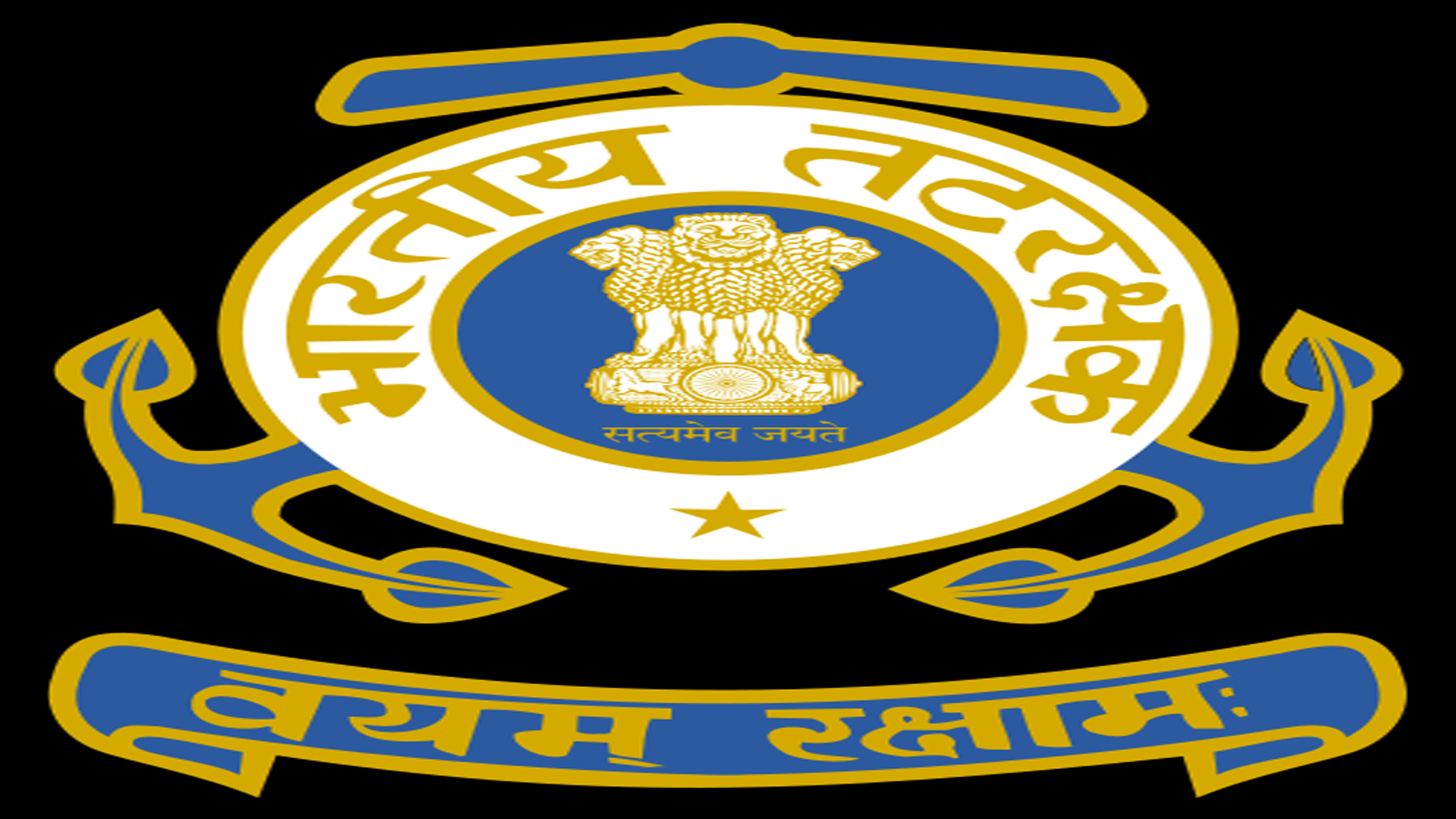The Indian Coast Guard (ICG) successfully conducted the 10th National Level Pollution Response Exercise (NATPOLREX-X) along with the 27th National Oil Spill Disaster Contingency Plan (NOSDCP) and Preparedness Meeting off the coast of Chennai, Tamil Nadu, on October 5-6. The large-scale biennial exercise reaffirmed India’s commitment to safeguarding its marine environment and strengthening inter-agency coordination for effective oil spill management.
The event saw participation from 40 foreign observers representing 32 countries and over 105 national delegates from central ministries, coastal states, ports, oil handling agencies, and maritime organizations. It was held under the overall supervision of Director General Paramesh Sivamani, Chairperson, NOSDCP, and Director General, Indian Coast Guard, who reviewed the operational readiness and inter-agency synergy during the drills.
A key highlight of NATPOLREX-X was the first-ever shoreline clean-up drill conducted at Chennai’s Marina Beach, led by the Greater Chennai Corporation, Tamil Nadu Pollution Control Board, State Disaster Management Authority, Police, and other local agencies. The exercise simulated a large-scale oil spill scenario and demonstrated an integrated multi-agency response to mitigate its environmental impact.
During the exercise, the ICG deployed an array of maritime and aerial assets, including Pollution Control Vessels (PCVs), Offshore Patrol Vessels (OPVs), Fast Patrol Vessels (FPVs), and Chetak and Dornier aircraft configured for pollution surveillance and containment operations.
The technical sessions that accompanied the exercise focused on critical environmental and operational topics such as Nurdle Spills and Their Environmental Impact, Hazardous and Noxious Substances (HNS) Spill Management, Post-Spill Monitoring and Environmental Impact Assessments, and Shoreline Cleanup Case Studies, including lessons from the MV MSC ELSA 3 incident. These sessions served as a vital platform for environmental scientists, policymakers, and operational experts to share experiences and strategies for effective spill response and ecosystem recovery.
The NATPOLREX-X demonstrations validated the operational efficiency of India’s multi-layered pollution response mechanism and emphasized the importance of close coordination among central and state agencies. Reflecting Prime Minister Narendra Modi’s vision of Aatmanirbhar Bharat, the exercise showcased India’s growing self-reliance in maritime technology, with several participating agencies deploying indigenously developed pollution response equipment under the Make in India initiative.
Since being entrusted with the responsibility of protecting India’s marine environment in 1986, the Indian Coast Guard has served as the Central Coordinating Authority for oil spill response. The NOSDCP, drafted by the ICG and approved in 1993, remains the cornerstone of India’s national oil spill preparedness framework. To operationalize this plan, the ICG operates four Pollution Response Centres in Mumbai, Chennai, Port Blair, and Vadinar.
With over 75% of India’s energy imports arriving by sea, maintaining an effective and coordinated oil spill response system is of strategic importance. The successful conduct of NATPOLREX-X not only reaffirmed India’s readiness to tackle marine pollution threats but also strengthened regional and international collaboration in protecting the marine ecosystem and ensuring sustainable ocean governance.














